Introduction
My presentation is based on Davidson’s article “Affirmative Precarity: Ai Weiwei and Margarita Cabrera”. This article analyses Ai Weiwei’s Sunflower Seeds and Margarita Cabrera’s Florezca and relate these two projects to the concept of affirmative culture.
I will introduce the two projects respectively, explain some key terms, and present the author’s main arguments regarding how meaning is conveyed through these two projects.
Ai Weiwei’s Sunflower Seeds
Ai Weiwei is a Chinese contemporary artist and political activist. His Sunflower Seeds installation was exhibited at the Tate Modern in London from October 2010 to May 2011. The installation consisted of millions of individually created sunflower seeds. The millions of seeds spread across a wide space at the Turbine Hall. The viewers can feel a sense of expanse and immenseness when they stand in front of this installation. These life-sized sunflower seeds are not real sunflower seeds, but ceramic replicas of sunflower seeds. The sunflower seed is hand-crafted in porcelain. Each sunflower seed looks identical, but actually unique. Each crafted shell was painted by artist laborers working in Jingdezhen.
Jingdezhen is a city in northeastern Jiangxi province, China. The city is known as the “Porcelain Capital” because it has been producing pottery for over 1,700 years. It had supplied the wares for the dynastic court since the Han dynasty. Jingdezhen has a long history of exploitation and resistance. The town’s labour coalitions and uprisings played a critical role in the socialist movement in China.
This is a video showing the meticulous process of creating the project in Jingdezhen. The video presents the quarrying of the porcelain materials, the casting and firing of the ceramic sunflower seeds, and finally the hand painting of the ceramic sunflower seeds. In fact, the process of creating this project is an integral part of the installation. Over 1600 workers from Jingdezhen were involved in the creation of the work. The fact is that they did not understand the purpose of creating these ceramic sunflower seeds, but blindly followed the order and instructions. Some porcelain painters were women. They brought ceramic seeds home and paint between cooking and childrearing. This is what Ai called the “blind production of things”.
So, the main idea of the project is “China is blindly producing for the demands of the market.” The installation reveals an estrangement under corporate modes of production in globalization. It presents a complex model of resistance against the system of exploitation.
In this system, workers are underpaid and overworked. Also, his staging of the Jingdezhen workers provides an image of the ‘precariat’, representative of the ‘precarious life’ of global capitalism. The concept of “precarity” is very important and it is reflected in both two projects. We’ll come back to this concept after the introduction of Margarita Cabrera’s Florezca.
Margarita Cabrera’s Florezca
Margarita Cabrera is a Mexican-American artist. Florezca is a for-profit corporation founded by Cabrera. The goal is to save vanishing Mexican craft traditions, meanwhile provide Latin American immigrants with fair-wage jobs and corporate profit. The core of Florezca is that Cabrera transforms the Mexican worker into a corporate shareholder. She collaborates with members of migrating communities from Mexico to create a series of projects. The corporation was founded inspired by Cabrera’s project Space in Between installation. The installation was created in 2010 for Houston’s Interfaith Center. The nine artisans came together for a sewing and embroidery workshop, and they reconstructed narrative imagery inspired by the tradition from Hidalgo, Mexico. The textile pieces used for the project were recycled from border patrol uniforms once worn by the Texas security forces.
These textile pieces were fashioned into plant-like sculptures. Cabrera shared all the monetary proceeds of Space in Between with the artisans. After this project, she established Florezca. Florezca is a multinational artists’ corporation. The advantage of establishing the company is that corporate officers can share monetary in value and also become corporate shareholders. The aim is to use the identity of corporate shareholder to contrast with the invisible self of objectified migrant laborer. She poses a challenge to the system that forces the Mexican laborer to fill the role of either the migrant or maquiladora worker. The word “Maquiladora” refers to the factory in Mexico run by a foreign company and exporting its products to the country of that company.
In a sense, these two projects both challenge the mainstream American views toward the derogated zones of labor. The outsource worker of China and the undocumented worker of Mexico are perpetually blamed for the loss of jobs in the United States. However, the actual livelihood of the Chinese and Mexican communities is neglected by the mainstream society.
Performative
Davidson believes that these two projects share similarity in refining “performativity” in arts as well as conveying the idea of “precarious”. I will explain these two concept respectively in the following part.
Sunflower Seeds and Florezca are works that re-define the ‘performative’ in the arts. Performativity is a condition of theater. It is based on disrupted subject – object roles. The viewer is made to be a self-reflexive and participating viewer of a work.
In Sunflower Seeds, millions of tiny ceramic objects in the vast Turbine Hall shows the theatricality of Minimalist sculpture. The sea of sunflower seeds implies that a hyper-minimal object, a tiny sunflower seed, overwhelms the viewer performatively. Florezca, on the other hand, revives the performative ‘gesture’. The performative ‘gesture’ emerged in the 1970s, an important period in performance art history. Roselee Goldberg describes the 1970s as the ‘period when the medium grew from an array of eccentric gestures … aimed at unsettling the art establishment’.
As I have mentioned, performance art emphasizes the active participation of the viewers.
This is closely connected to situationist theory. “Situationist” means the construction of situations. Situationist theory sees the situation as a tool for the liberation of everyday life.
It focuses on the ideal artistic means for a potential classless society. Situationists believe that it is the proletariat who should realize art and they produce a gestural event for creating a situation in which ordinary people become artists.
Precarity
The performative concepts in Sunflower Seeds and Florezca can be seen as expressing the idea of the ‘precarity’. Rosalind Gill and Andy Pratt stated that precariousness, precarity and precarization have recently emerged as new territory for thinking and intervening into labor and life. The concept of precarity is understood as the oppressive processes of new global economic conditions. The idea is manifested by all forms of insecure, contingent, flexible work, such as illegalized and temporary employment, homeworking, piecework and freelancing in postindustrial societies.
The concept of ‘precarity’ is originated from the actions of the Italian and French. Around 2000, the word precarity started being used by global justice movement activists, for example, European Marches against unemployment, precarity and social exclusion. In winter 2000, in the strikes of young part-timers at McDonald’s and Pizza Hut, the first political union network emerged in Europe devoted to fighting precarity.
10 years later, there was a new wave of movements, from demonstrations in Iran, Tunisia, Egypt, and Syria, to the ‘Occupy Wall Street’ movement in the United States. The activists occupy cities all around the world in protest of inequities and injustices caused by the capitalist. This contributes to a renewal of an activist art, used to reflect the instability of human life under precarious economic, political, and social conditions.
Affirmative culture
Gill and Pratt describe precarity as ‘seen not only as oppressive but also as offering the potential for new subjectivities, new socialities and new kinds of politics.’ According to Davidson, the idea of Solidarity and Subjectivity is new precarity form of affirmative culture.
Herbert Marcuse’s essay ‘The Affirmative Character of Culture’ explains the concept of affirmative culture. He said in their ‘struggle for existence, men need the effort of knowledge, the search for truth, because what is good, beneficial and right for them is not immediately evident’. Beauty, truth and pleasure are objects of knowledge, but they are too easily abandoned by humans, when they focus on materialism of bourgeois practice or try to preserve an unattainable and empty ‘culture’.
Peter Bürger argued that if art is integrated into popular culture, it can be wholly absorbed by popular culture and lose the capacity to criticize it. But Marcuse maintained that man must have correct knowledge relating to his particular activities of labor because it enables him to act according to the changing situation demands. The projects of Ai and Cabrera both show the complexity of understanding what is ‘good’ in terms of aesthetic truth. Ai’s Sunflower seeds focuses on artistic estrangement. He reveals the contradictions of a system that fetishizes the worker. Cabrera reinvent the identity of the immigrant worker through the co-optation of the corporate system. This shows the need of constant effort to explore the what is good and right.
In our society, all of human existence is reshaped to serve the economic interests in global capitalism. Here comes the question: What model of resistance can actually make a difference in a neoliberal capitalist system? Kurt Andersen, the author of the Time magazine article, believes the 2011 protests represent a return to the ideal of a new social contract after the failure of hypercapitalism and the abandonment of communism. While the efforts to negate capitalism has failed, people still hope to create a more just social system. The 2011 protests all over the world had the shared belief that their countries’ political systems and economies have grown dysfunctional and corrupt.
The system favors the rich and powerful and prevents significant change. The sense of complicity and responsibility underlying the individual revolutions is similar to the aesthetic emotionality. Berlant describes this aesthetic emotionality as the ‘optimism of attachment, the sociability of persons across things, spaces, and practices’. He defines optimism as a mode of ‘collective attachment’. This is what we call optimistic negativity. This collective attachment is realistic in the acknowledgement of the anxieties within the entire field of negative emotion. His question is “What relation is there between the optimistic negativity and the pleasurable distances of aesthetic self-cultivation?” He believes the power of aesthetic self-cultivation for resisting against the capitalist system.
The performative has developed into an effective expression of the human subject through affect, solidarity and subjectivity. In both life and art, all experiences are considered as subjective and contingent on the processes of the particular human subject. In this new perspective of affirmative culture, the performativity of emotion can function more politically in the work of art. Sunflower Seeds and Florezca are two typical examples. The two different performative collaborations created by Ai Weiwei and Margarita Cabrera highlight the virtues of performance art in the act of self-creation.
Conclusion
I have talked about Ai and Cabrera’s performative works. Both of these two works exemplify a significant change in how art conveys beauty and truth. The aesthetics of Sunflower Seeds is to implicate the viewer in the exploitation of Chinese labour. And Cabrera’s Florezca indicate the subversions on behalf of immigration. The goal of these performative engagements is to engender an uncomfortable subjective ‘closeness’ through performative art. The viewer’s feelings of complicity are aroused over issues that are usually kept at a safe distance. These two projects are related to the concept of precarity. In the contemporary times, the nature of protests has been transformed to new subjectivities and new socialities. Berlant’s optimistic interpretation of Marcuse’s affirmative culture provides a different and useful approach for assessing art and truth.

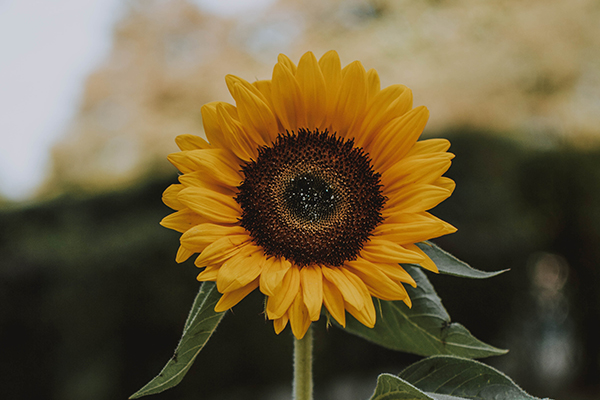
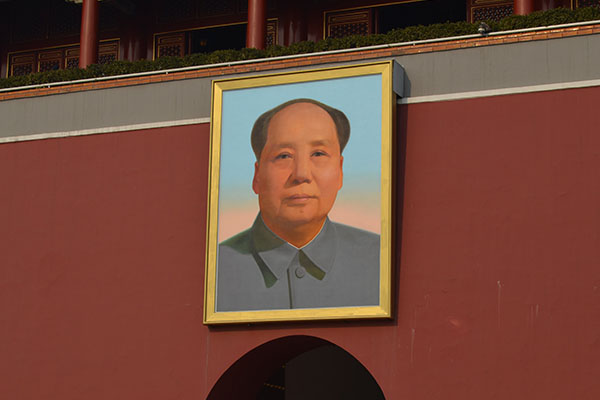
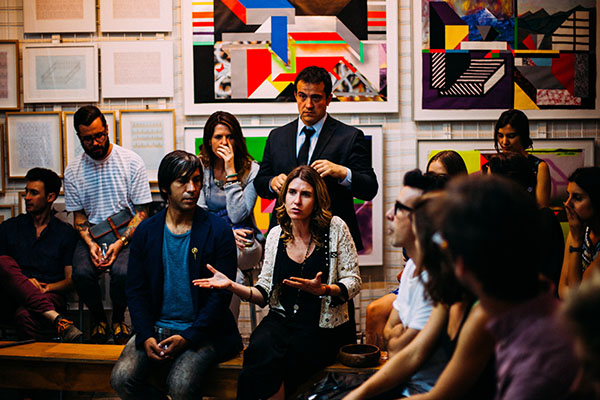

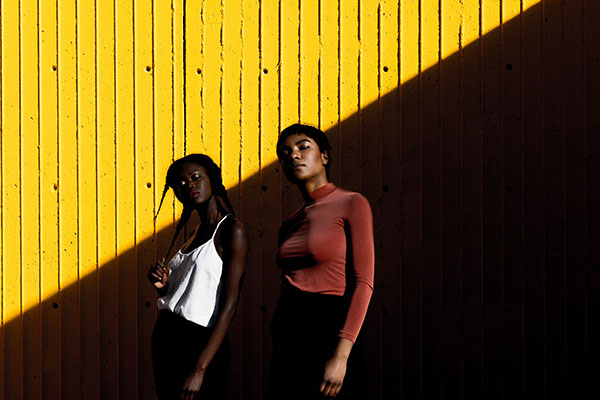

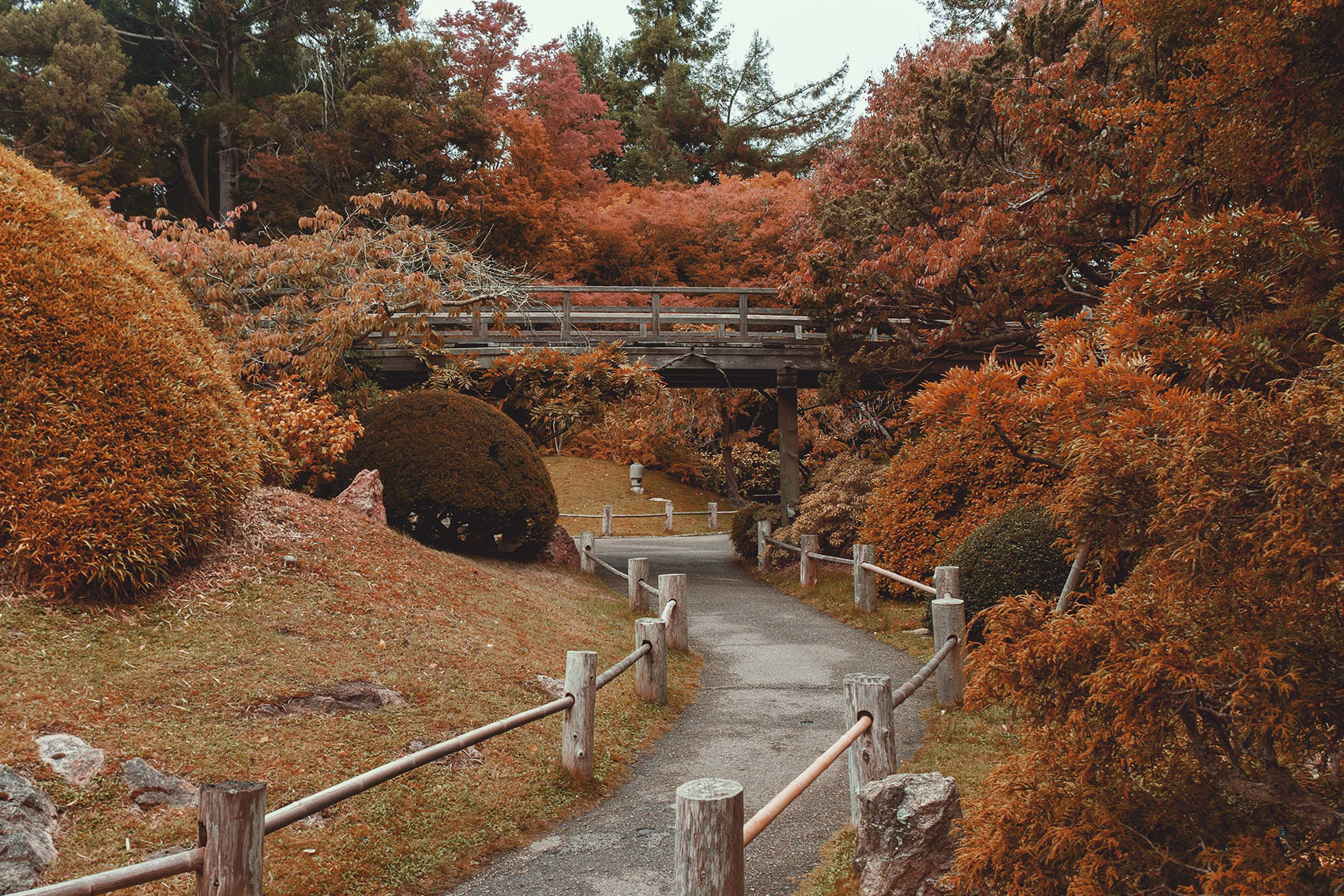
Leave A Comment